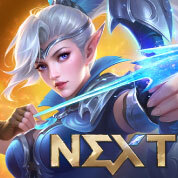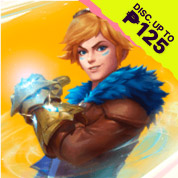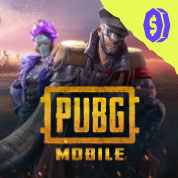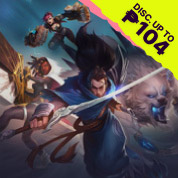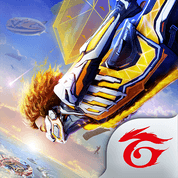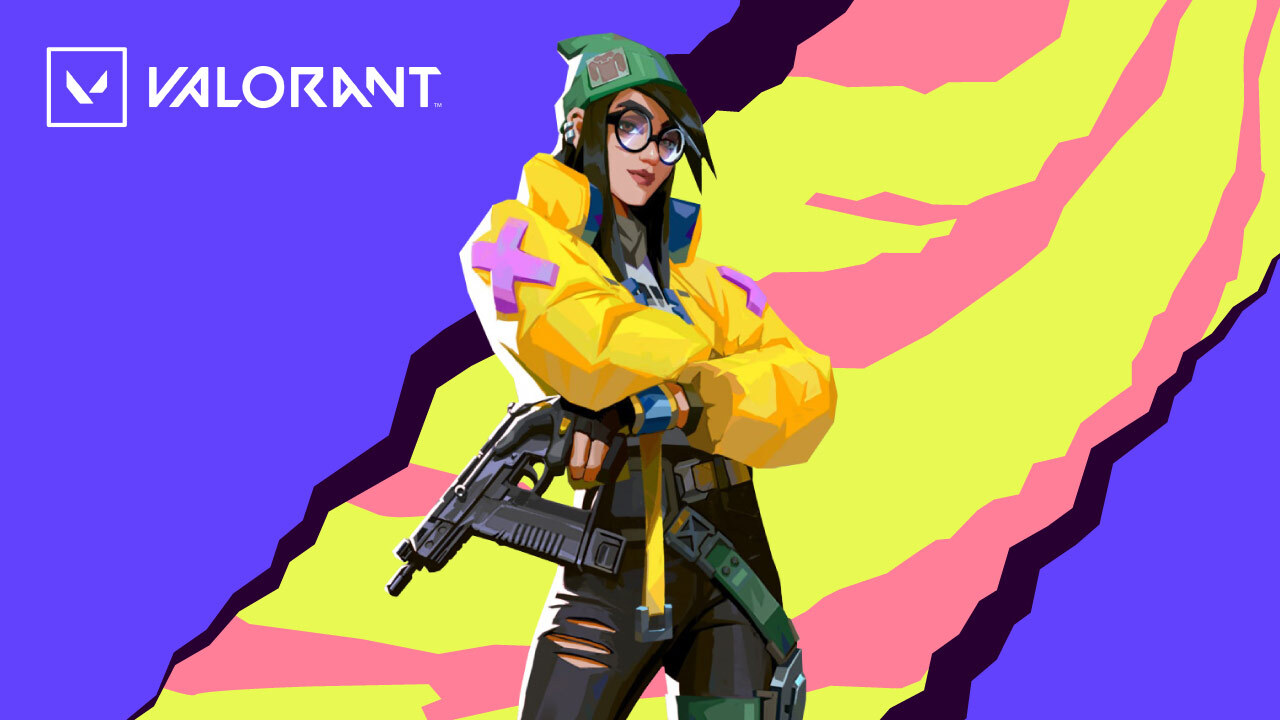
VALORANT is a free-to-play 5-vs-5 tactical First Person Shooter (FPS) developed and published by Riot Games. The objective of the game is to attack and defend the bombsite from the Spike, the bomb used in VALORANT. To do this, players will rely on precise gunplay and ability usage unique to VALORANT’s character roster also known as “Agents”. Each Agent possesses a wealth of abilities that either 1) provide or deny information, 2) cover areas that are in the enemy’s line of sight, 3) have movement-based utilities for repositioning and escaping danger, or 4) clear spaces by dealing with direct damage. In addition to these abilities is an ultimate ability that could turn the tide of the match.
Each match is composed of two halves, attacking and defending, where the attacking half is about planting the Spike to a specific bombsite while the defending half is to protect the bombsite from attackers.
For beginners, VALORANT’s gameplay may look daunting. Fortunately, we will guide you to the basic things you need to know about Riot’s team shooter.
Agents and Their Roles
VALORANT’s main attraction is the Agent roster and their unique abilities. In this section, these Agents will be described according to their roles: Duelists, Initiators, Controllers, and Sentinels.
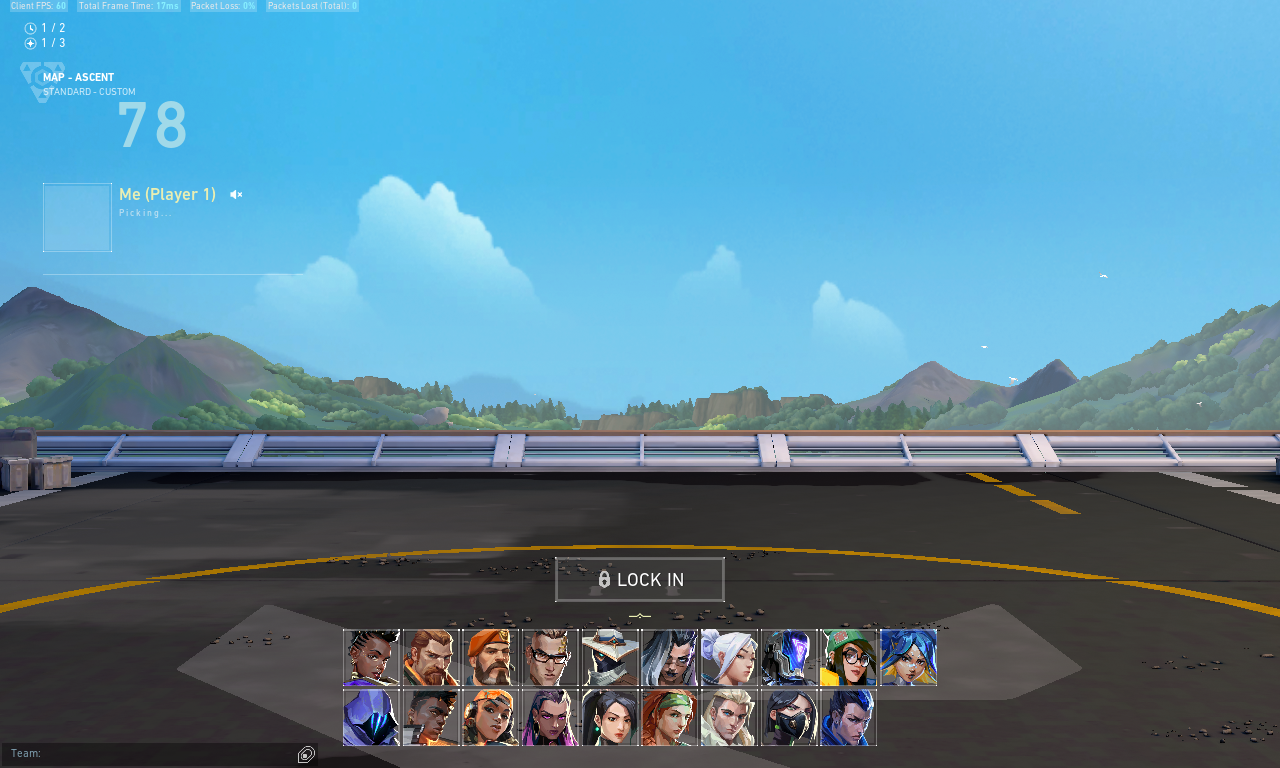
Duelists
The main role of duelists is to create space for the team when attacking a bombsite. They are also expected to get as many kills as they can because they are usually in the frontline.
Agents in this category include Jett, Yoru, Phoenix, Reyna, Neon, and Raze.
Initiators
Initiators use their ability to gather information for the team. Together with duelists, they are expected to be in the frontline to assist in clearing the bombsite.
Agents in this category are Sova, Skye, Breach, Fade, and KAY/O.
Controllers
Denying information while controlling the map is the specialty of Controllers. Their utilities block the enemy’s line of sight and provide cover for the team when the duels get intense.
Agents in this category are Viper, Omen, Brimstone, and Astra.
Sentinels
Sentinels are defensive specialists that rely on denying entry to a bombsite or keeping track of flankers.
Agents in this category include Sage, Chamber, Killjoy, and Cypher.
To know more about the Agents and their abilities, you may read this detailed guide.
Weapons
The second component of VALORANT’s core gameplay is the plethora of available weapons to the players. Like other tactical shooters, they are categorized according to weapon class: pistols, submachine guns, shotguns, rifles, snipers, and heavy machine guns.
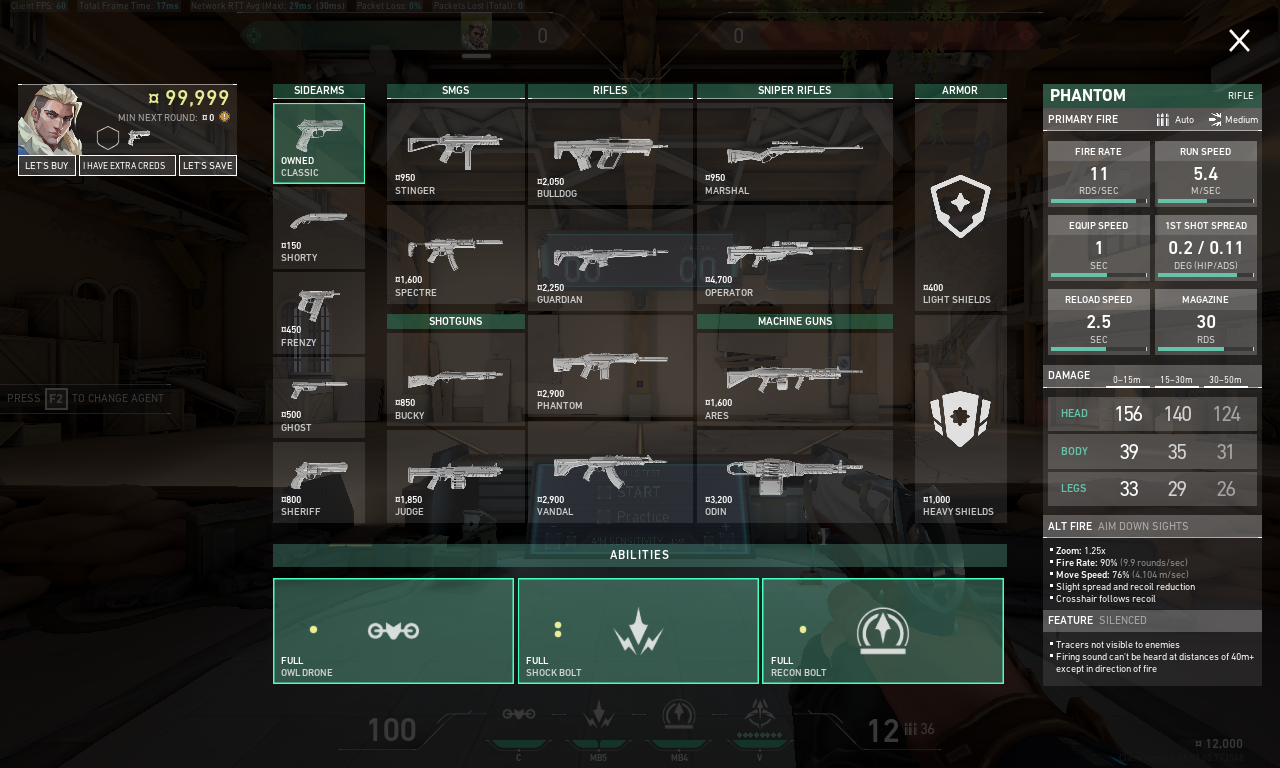
Pistols
Pistols are usually given at the start of each half, with the free gun – Classic – as the starting weapon. Taking control of the pistol round is essential in building the team’s economy (a tac-shooter term for monetary resources). When the team is on a save round, however, pistols are usually the gun of choice to recover from further economic damage.
Submachine Guns (SMG)
The SMG is a mid-level weapon that does decent damage, especially on rounds where the team’s economy allows for weapons and armor, but not enough for a rifle. Very effective in close to midrange combat with a relatively high magazine count. Not ideal for long-range duels where a rifle or a sniper could easily outmatch the SMG.
Shotguns
Shotguns are very effective in close-quarter combat, it shines especially in cramped spaces and corners where it is essential to hold an angle. Shotguns may be bought in rounds where it is necessary to change the pace of the match because of the range limitation of the gun. Shotgun players usually surprise their opponents into unexpected duels, dealing them with massive damage and information to relay to the rest of the team.
Rifles
A rifle is an essential buy for the team when their economy allows for a full buy with a shield and abilities. Rifle users engage in long-range duels. It is important to learn how to use the rifle because a majority of VALORANT’s gunplay revolves around it.
Snipers
Another form of the rifle is the sniper. This is usually a specialist gun where one player may opt to be the dedicated sniper while the rest of the team uses the other weapon classes. Snipers are often holding long sightlines while the other weapon classes hold angles on the sniper’s blindspot. Snipers also operate on a “high risk, high reward” system where each kill translates into an economic advantage for the team.
Heavy Machine Gun
Heavy machine guns are high-power weapons slotted between SMGs and rifles in terms of power and economic value. While their use in VALORANT requires some form of mastery, they are not usually picked even on rounds where it is necessary to save for a rifle. Specialist players may opt to choose the heavy machine gun because of its effectiveness in close to midrange and its high-capacity magazine.
Weapon Skins
VALORANT’s weapons can be customized with skins that are usually bought either through the skin bundle, the Night Market (a once-per-act event where older skins go on sale), and the Battle Pass. Prices of skins may vary from bundle to bundle but the easiest way to have weapon skins without spending too much is through the Battle Pass. For 1,000 VALORANT Points, the Battle Pass is the cheapest option to get act-specific exclusive skins.
For more information about weapons, including detailed explanations and stats of each, head over to this article.
Game Modes
VALORANT has four permanent game modes (Unrated, Ranked, Spike Rush, Deathmatch) and one or two rotating game modes (Escalation, Snowball Fight, Replication), depending on the act or patch update.
Unrated
Standard VALORANT match without rank. A first-to-thirteen game mode where the goal is to attack the bombsite or eliminate enemies, while the opposite side defends the bombsite. Beginners will have to grind this mode for better rewards and progress in the game.
Ranked
Same gameplay as Unrated. This is where players compete for rank. Currently, there are nine different ranks (low to high: Iron, Bronze, Silver, Gold, Platinum, Diamond, Ascendant, Immortal, Radiant), and each with 3 tiers, except for Radiant where the tier is replaced with a numerical rank (Radiant #10, for example). In the tiered ranks, the highest number denotes the highest in that rank. Bronze 3, for example, is higher than Bronze 2.
Spike Rush
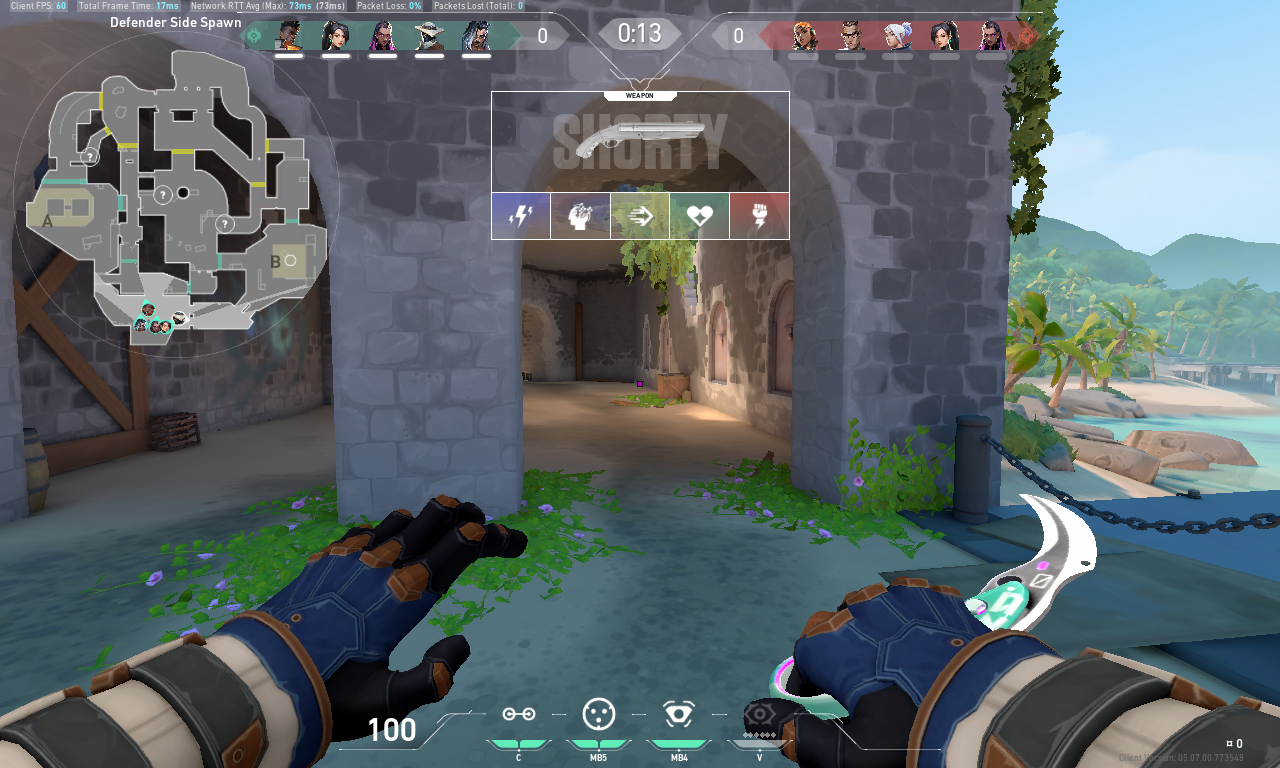
A low-stakes, first-to-four VALORANT game mode that focuses on getting used to the core gameplay. Beginners may want to play this mode to try out agents and familiarize themselves with the game. Unlike Ranked and Unrated, Spike Rush is unique not only because of the fast-paced matches but also because of the special orbs scattered around the map that gives players special abilities other than what is already available with their chosen Agent.
Deathmatch
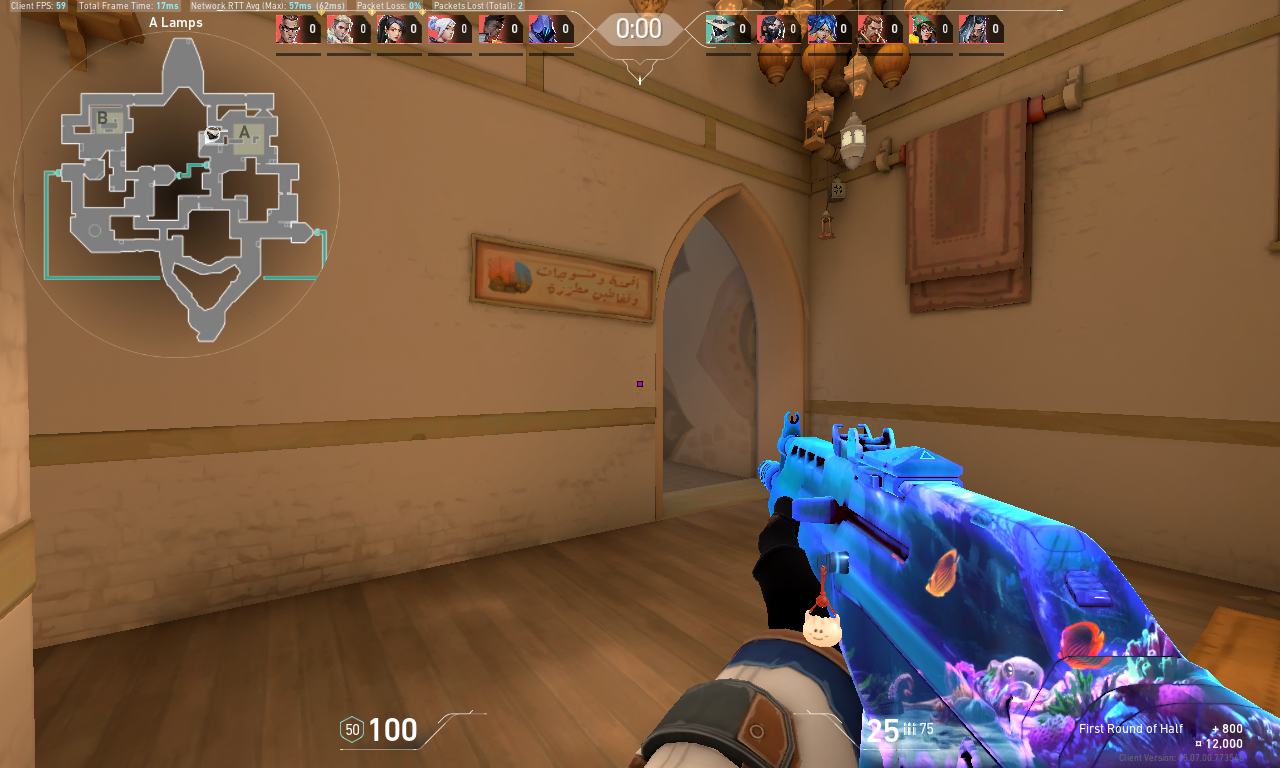
A free-for-all, a first-to-forty-kills game mode where players can practice their aim against real players. Deathmatch is usually played by players to warm up or for ping checks. Agent abilities are disabled in this mode, relying more on the gunplay element of VALORANT.
Escalation
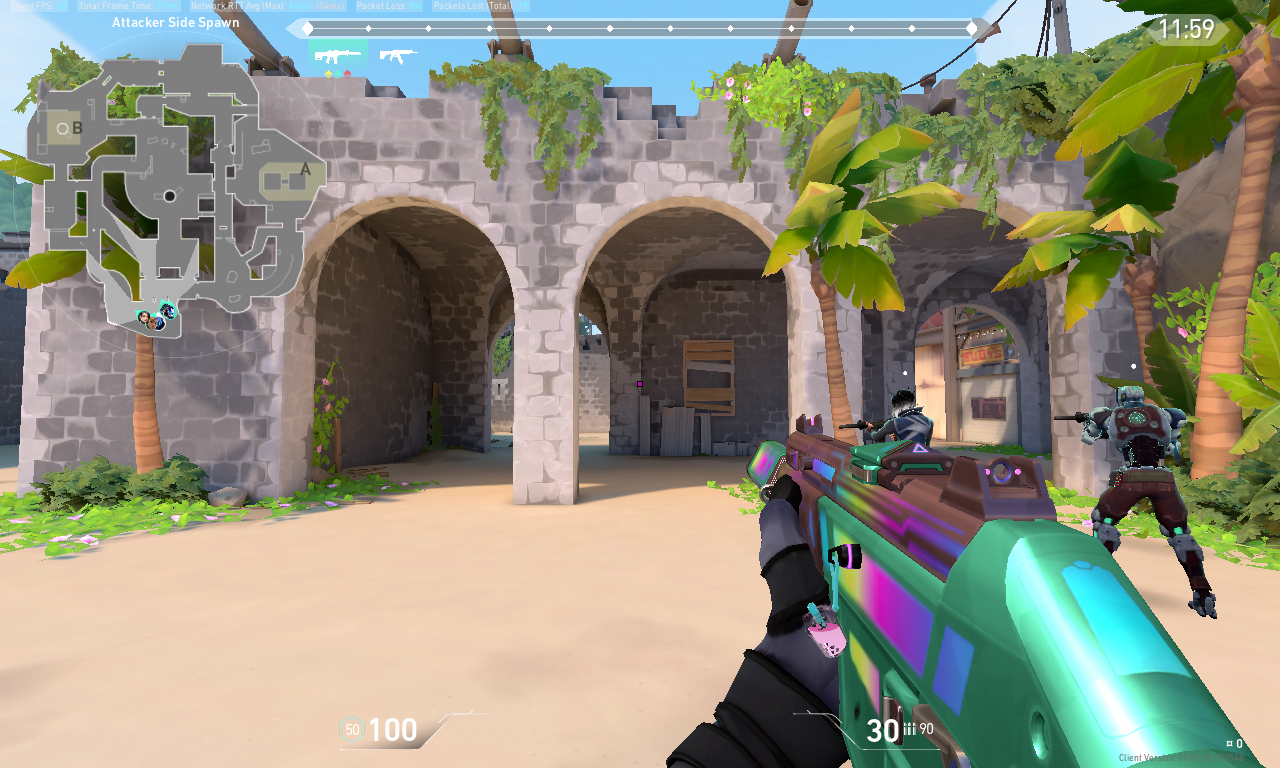
This unique game mode is a 5-vs-5 team deathmatch game without the element of getting the Spike planted. This mode requires players to go through a series of guns by getting kills. Weapons are randomly selected per match and the “last round” weapon is usually either a knife or a pistol. Like Deathmatch, abilities are disabled in this mode.
Snowball Fight
Introduced as a Christmas-only special game mode in 2020, Snowball Fight is one of VALORANT’s most fun game modes when it was released. This 5-vs-5 team deathmatch mode pits teams against each other equipped only with a snowball gun with a one-shot, one-kill potential. The challenge, however, is that movement speed is doubled in this mode, affecting aim and timing.
Replication
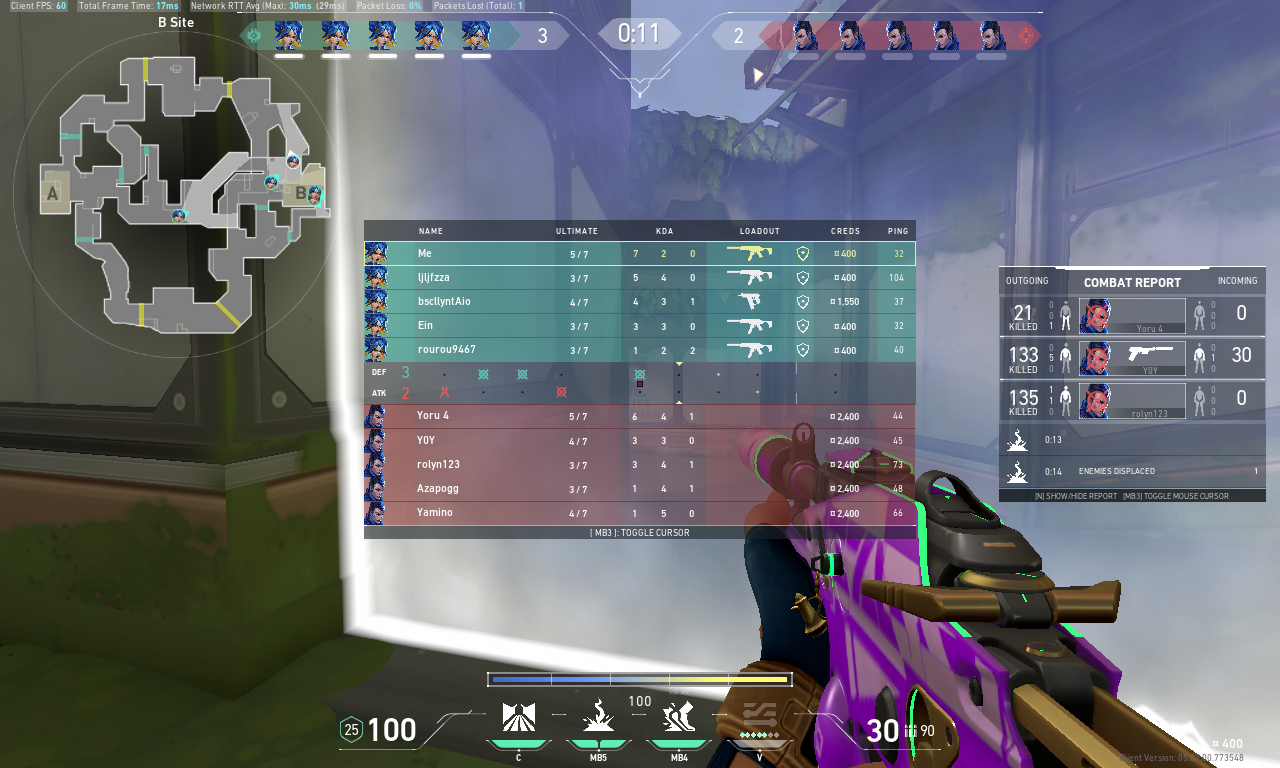
This mode is a slightly longer version of Spike Rush but without the special ability orbs that distinguish it. As the name of the game mode suggests, Replication is played with teams playing only as a team of one agent determined through an automated roulette during the Agent Select Screen. This particular game mode can be both chaotic and fun. Imagine playing against a team of Sages with your team also playing as Sage.
For a no-stakes game mode to practice your aim, there’s The Range. To practice lineups, memorize the maps, or have a 10-man game with friends, there’s Custom Game.
Maps
VALORANT maps are unique to each other. Learning what makes each map unique is essential for creating strategies. We will describe each map and what makes them special.
Ascent
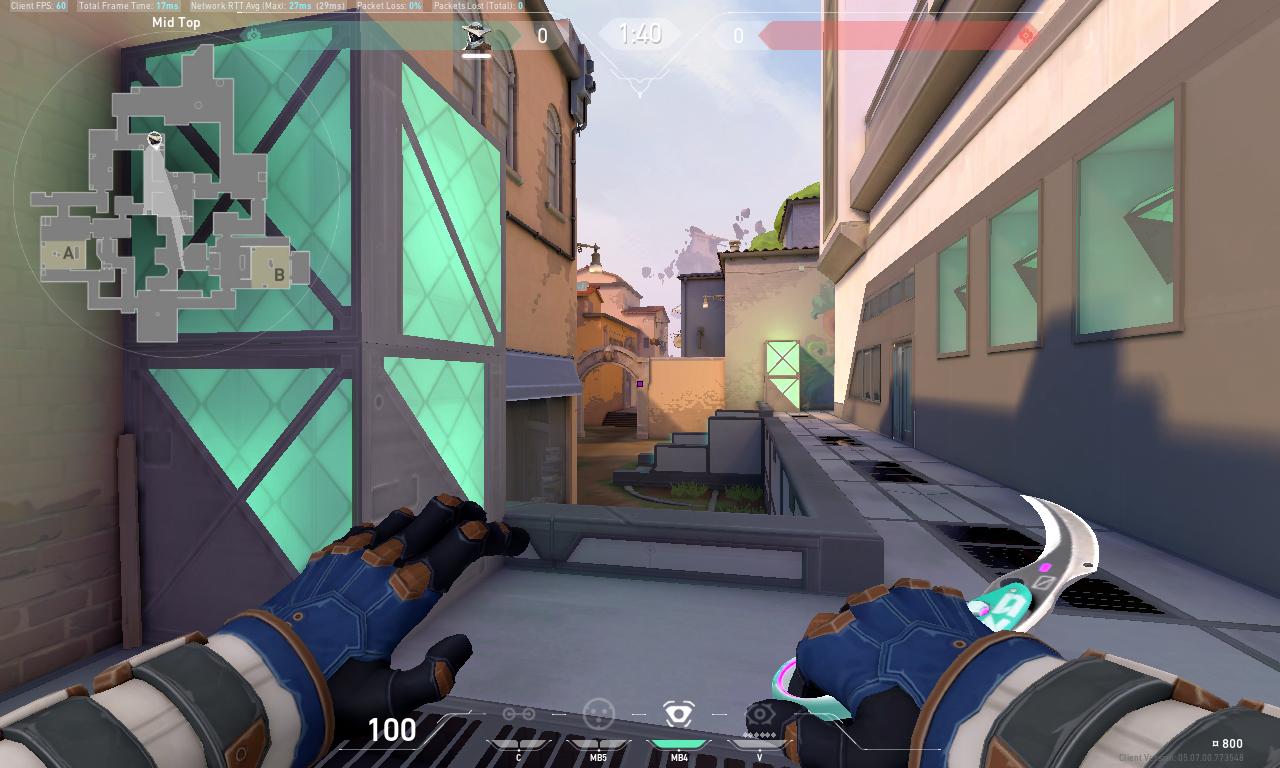
A map with three lanes (A, Mid, B), Ascent is a small map to master. However, it is essential for this map to get control of Mid in order to execute and coordinate with team members who are in either A Main or B Main.
Bind
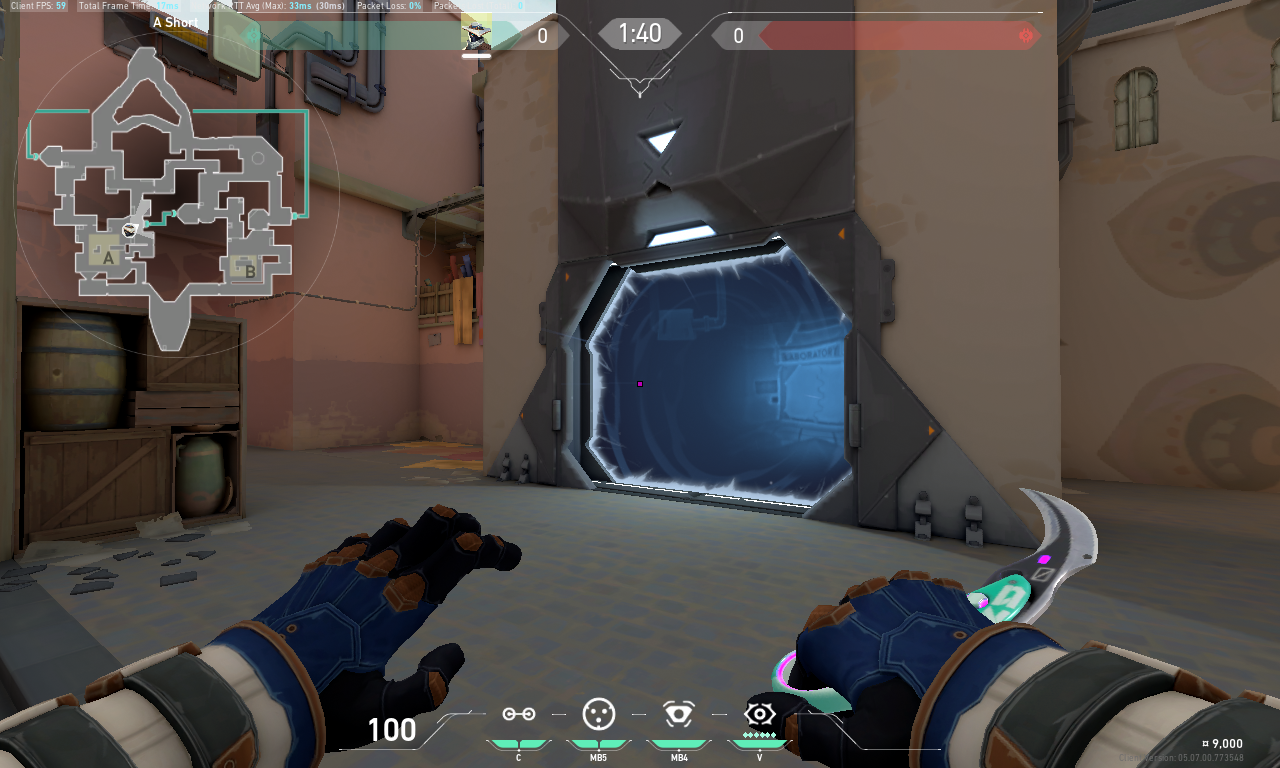
This map is unique for two reasons: it lacks a mid section and it has two teleporters. The lack of a mid section means that attackers are going to be forced to commit to a single site. The teleporters allow players to rotate across the map easily.
Breeze
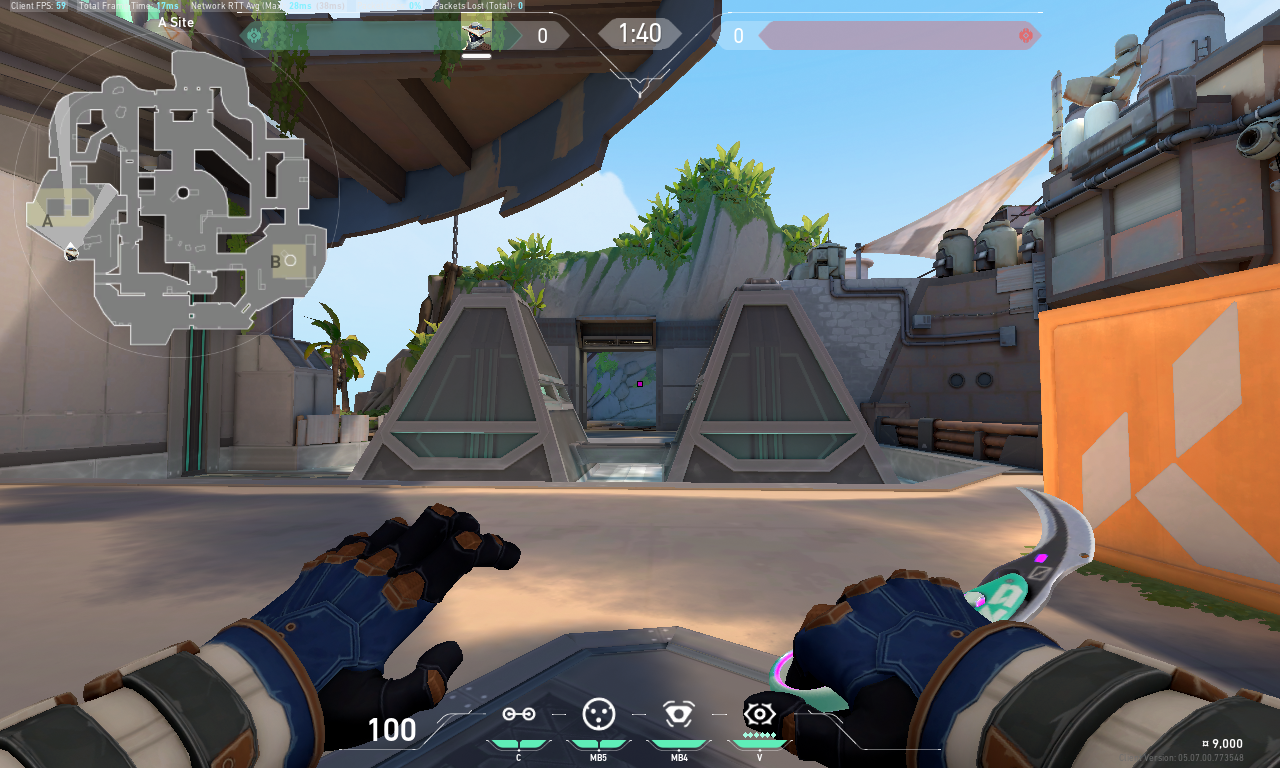
Breeze is a very wide and open map that relies on a lot of long-range duels. The unique aspect of this map is the presence of an elevated hall section that adds another area for defenders to hold. Another aspect of this map that is unique is the presence of two pyramids on the A site and a concrete cylindrical structure on the B site. At first, this was a deterrent to players who can use lineups with some Agents like Sova, Viper, and Brimstone but it became more of an interesting map piece after players learned where to plant the Spike for lineups.
Fracture
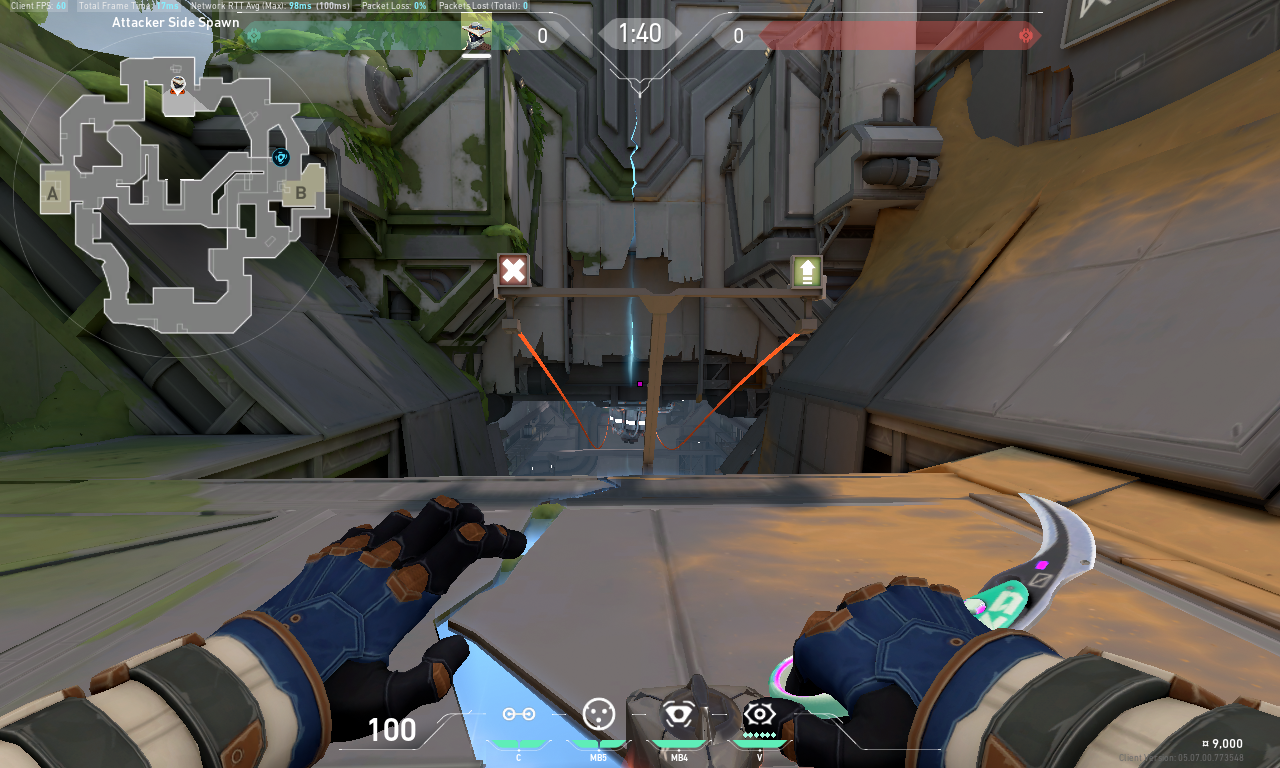
One of VALORANT’s most polarizing maps, Fracture is designed differently from the rest of the map pool. For one, there are numerous entry points for each site that 5 players can not cover all the time. Secondly, there is a long zipline that spans the attacker’s spawn to a small “middle” section sandwiched between A Dish and B Arcade. Beginners may be confused with this map, and that is totally fine and understandable.
Haven
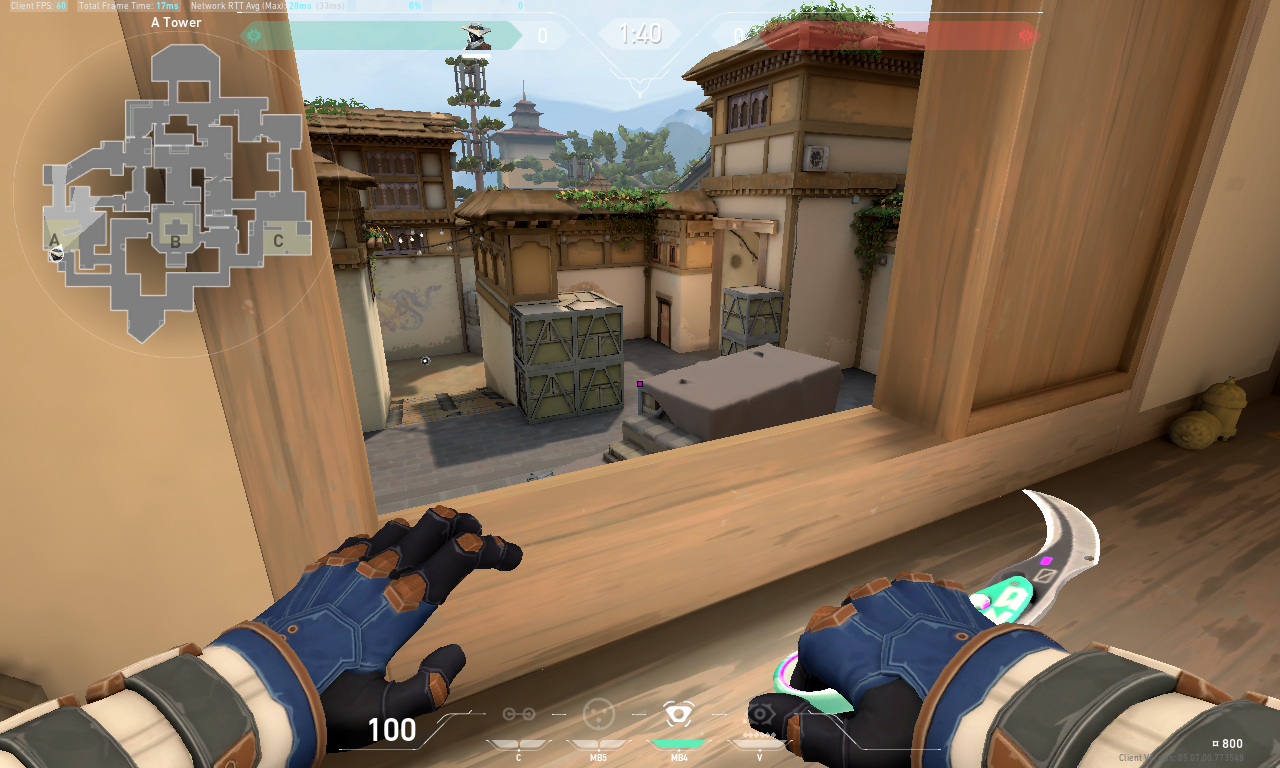
A map since the early access that is really unique among all maps in tactical shooters. This introduces three bomb sites, as opposed to the usual two, with distinct lanes to take control of. This means that strategies meant for a traditional two bombsite map will need some major adjustment to accommodate for Haven’s extra bombsite.
Icebox
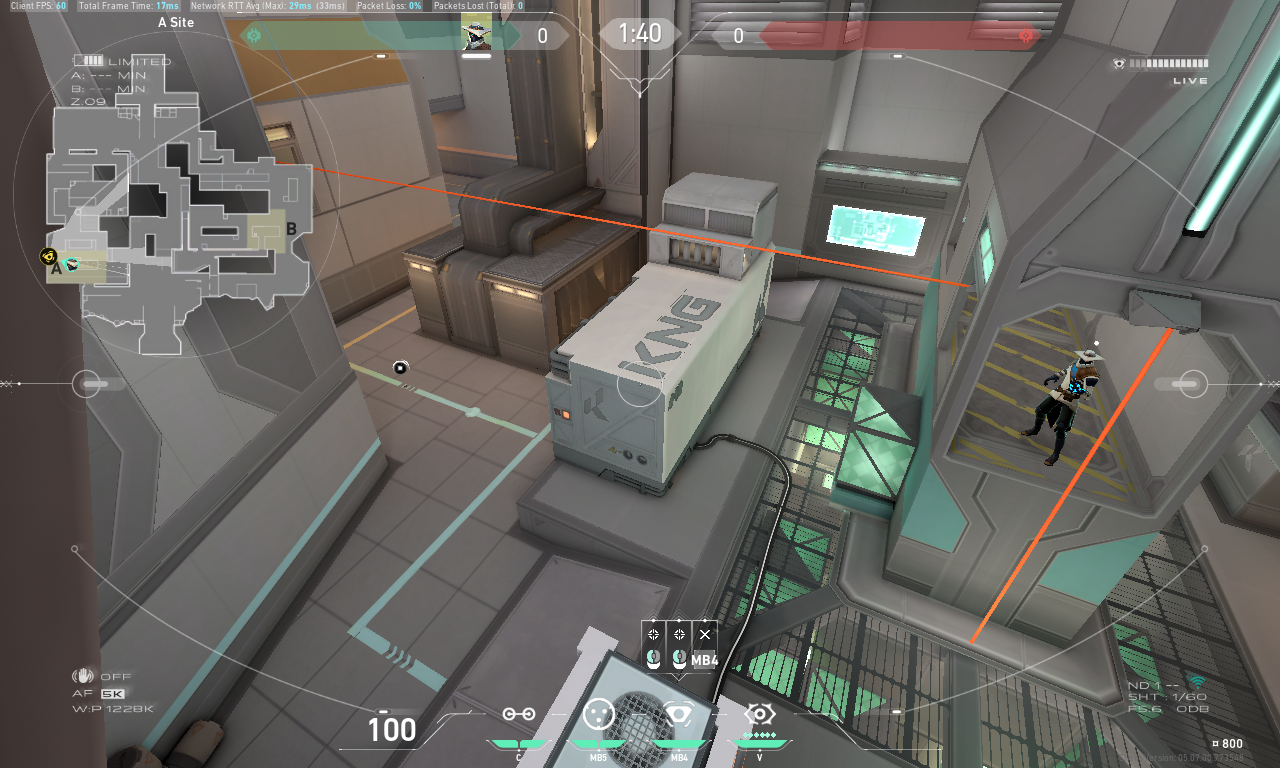
The snowy map has two distinct bombsites, a closed warehouse with elevations, zip lines and very tight corners; and an open area where the duels can get a little cramped.
Pearl
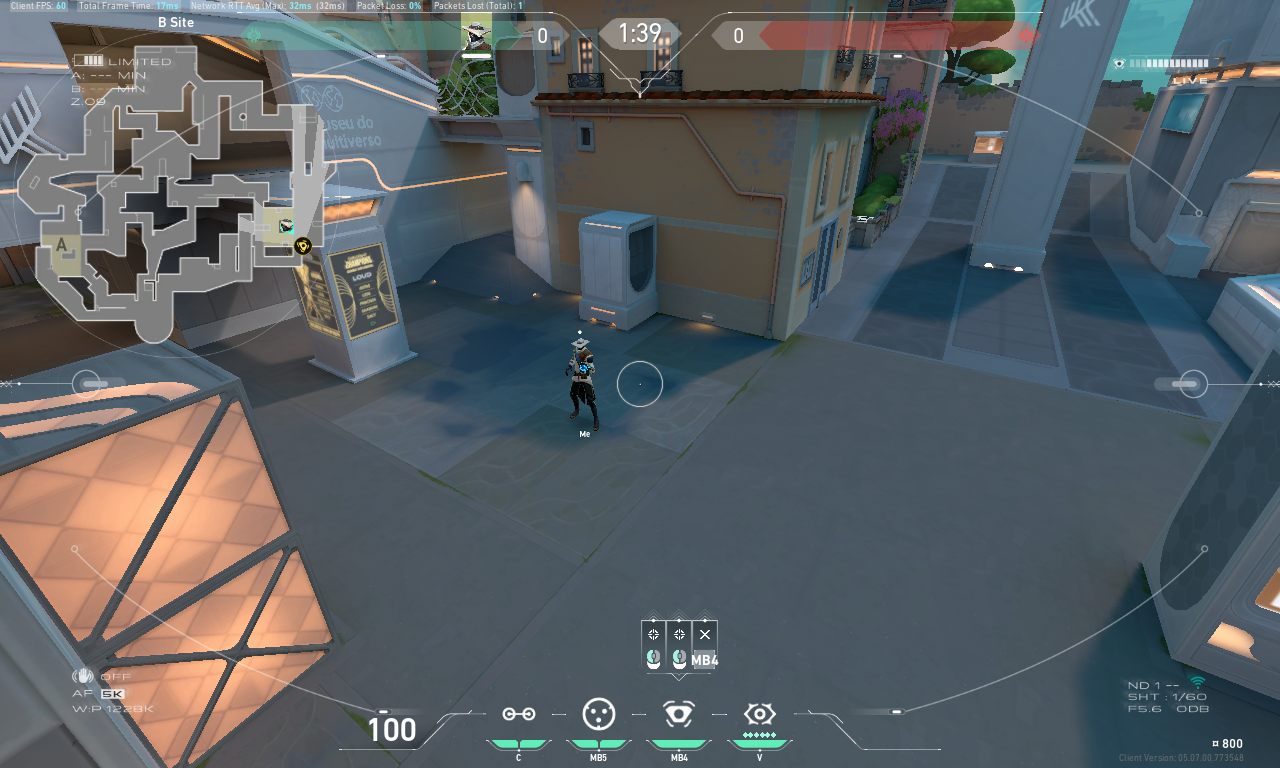
A recently-released map, Pearl is unique because it is placed underwater. For lineup players, some adjustments are required because the overhead elements move along with the waves of the water making some lineup markers difficult to locate.
Split
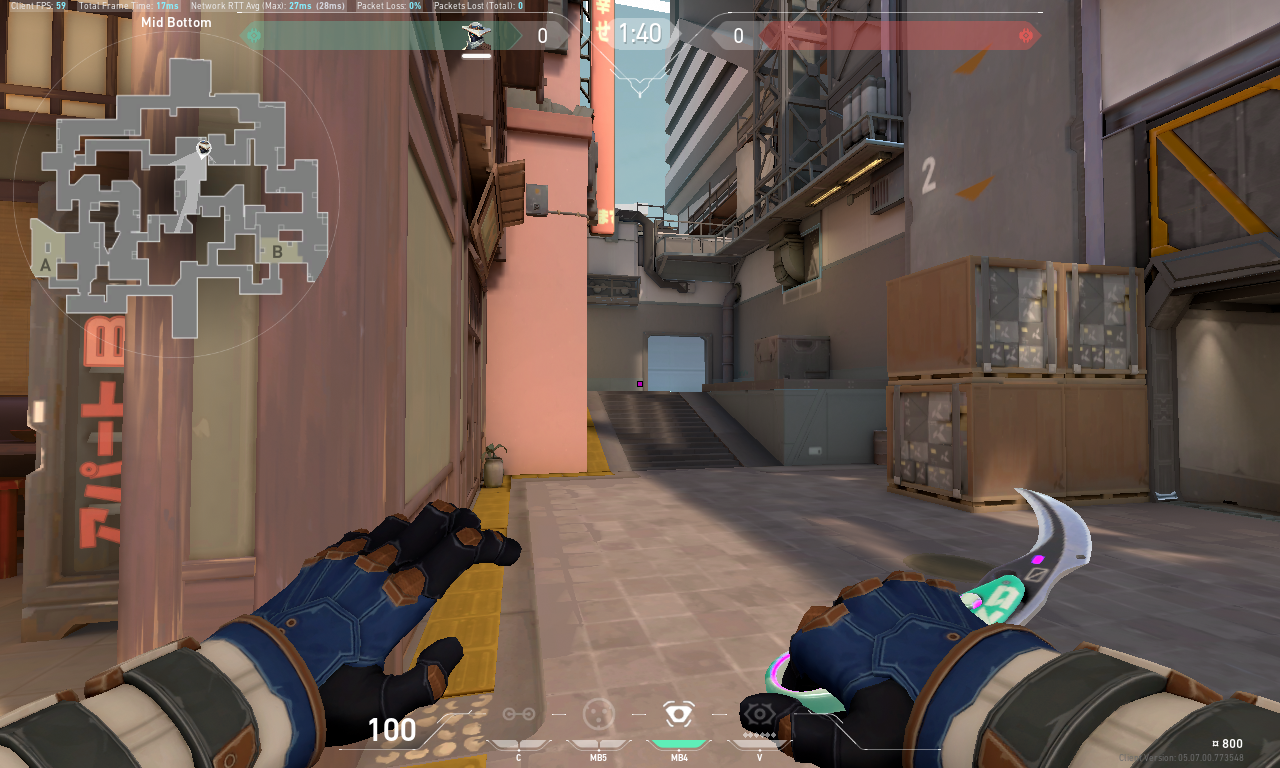
Another map where taking control of mid is essential. However, Split introduces an elevated section on both bombsites with access provided by zip lines. This area is usually tightly contested, with a long sightline that snipers can hold.
Battle Pass
Like many free-to-play games, VALORANT has a Battle Pass system where players can purchase a seasonal pass that rewards weapon skins, player cards, titles, and sprays as players progress. One of the reasons to purchase the Battle Pass is for the lore. Some of the player cards in the Battle Pass are directly related to the lore of the Agents which gives us a clue to their backstory.
To purchase the Battle Pass, just head over to the Battle Pass menu located on VALORANT’s main screen. Each Battle Pass is worth 1,000 VALORANT Points. Don’t forget to top up to get some VALORANT Points.
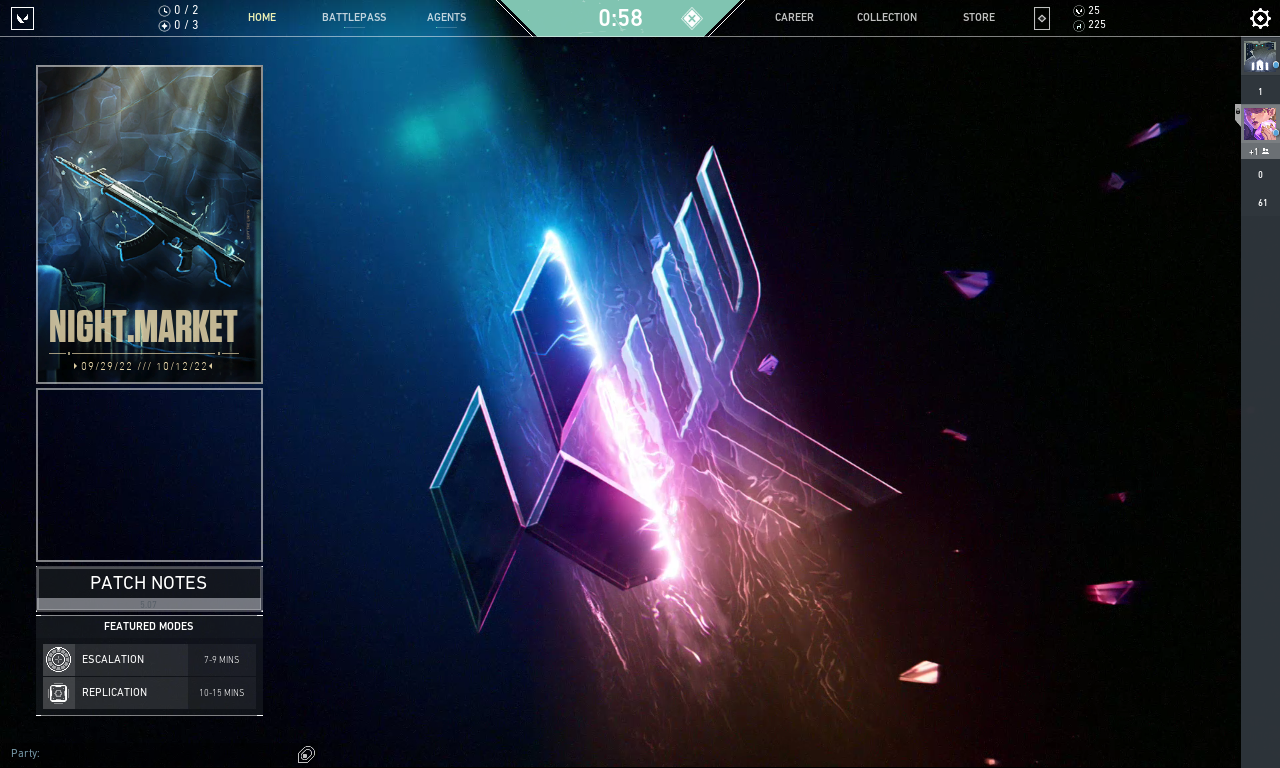
For reference, here is a list of the available VALORANT Points bundle. Monetary value and in-game value differ per country.
Essential VALORANT Tips
In this section, we will list down tips to help you win matches and enjoy the game at the same time.
- Learn map call-outs
One of VALORANT’s team communication aspects is the use of call-outs unique to each map. While the common areas like “Mid”, “A Main”, and “B Main” are easy to remember, there are certain areas on each map that might confuse beginners. Bind’s “Hookah”, and Split’s “Ramen” may sound like separate sections of their respective maps, but they’re labeled on the minimap as “B Window” (Hookah), and “B Link” (Ramen). Learning these call-outs will take time getting used to, especially since the minimap tells every area differently than the call-out.
- Pay attention to your surroundings
VALORANT relies on two distinct sources of information: Agent utilities and sound. It is essential for new players to pay attention to these two sources to give reliable information to relay to teammates. Looking at the minimap from time to time may also help.
- Warm up by playing non-stakes matches like Deathmatch or The Range
Players of all skill levels have to warm up before entering an actual match. While The Range may provide some warm-up, playing Deathmatch puts you in a match against real players whose aim is similar, to warm up. Spike Rush is also a good way to warm up by practicing Agents in a low-stakes match.
- Make use of the Ping Wheel and Caution pings
If communicating with teammates through voice or text chat is not available to you, you can always choose to ping locations where you might want to push, alert teammates of possible danger, or when you’re just holding an angle. This way, your teammates will get an idea of what you want to tell them. You may want your Ping Wheel bound to an accessible part of your keyboard with the Caution ping next to it. For reference, I use R for the Ping Wheel and T for the Caution ping.
- When things get rough, take a break
VALORANT is an intense game with many factors where you may get outplayed. When this happens and your mental game is not in top form, take a break from the game and rest. You may also want to do some match analysis from top players in the game. That way, you can implement some strategies going to your next match.
- Jett cannot revive you. Unless you’re KAY/O.
We hope that this guide will help you with your first few games in VALORANT. While this is not an extensive beginner’s guide, this covers a lot of the things we personally experienced when we were starting out. Don’t forget to enjoy and hydrate.

